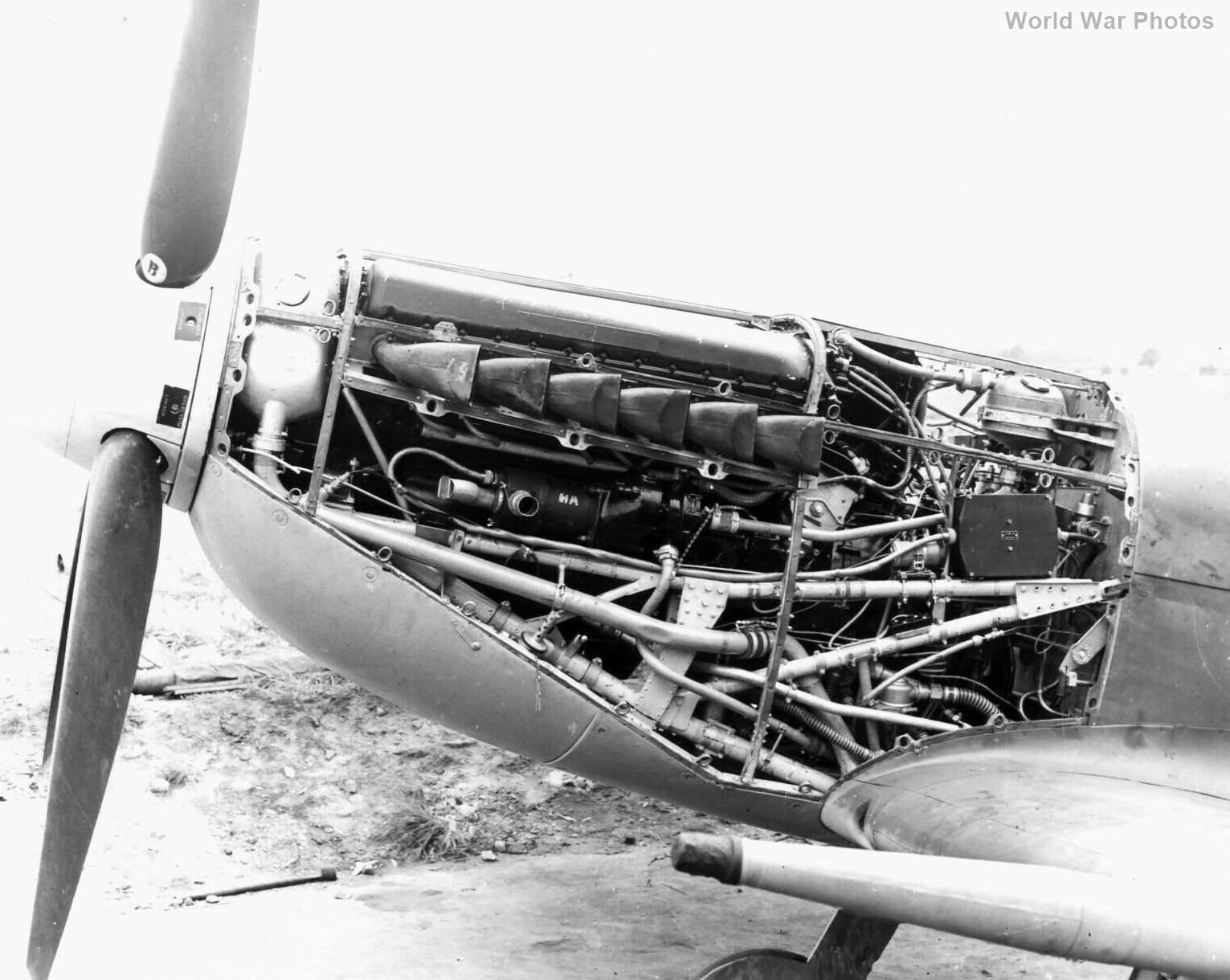By the early 1930s, Sir Henry Royce’s health, never robust, worsened, and he passed away in 1933. Despite his ailing condition, he had already laid the groundwork for what would become the most significant aircraft piston engine in history—the Merlin. Although the Kestrel engine had been quite successful, by the early 1930s, it was nearing the end of its development potential. Royce thus initiated the design of a new engine as a replacement, originally designated as the PV-12 (Private Venture twelve-cylinder), due to the absence of government funding during the economically challenging Depression era. Upon securing government support, the PV-12 was renamed Merlin, after a small bird of prey.
The development of the Merlin required several years of intense effort to achieve a reasonable level of reliability and to optimize performance. Unlike the World War I Eagle engine, which ran remarkably well straight from its design phase, the Merlin faced many challenges due to the higher specific powers demanded of modern aircraft engines. Early on, it experienced significant development issues, and even at the onset of World War II, many problems persisted.
The Merlin shared a conceptual similarity with the Kestrel, featuring a 60°, liquid-cooled monoblock V-12 configuration. It had a displacement of 1649 cubic inches (27 liters), derived from a bore of 5.4 inches and a stroke of 6.0 inches. Initially proposed as an inverted V-12, this design was rejected by aircraft manufacturers. The engine featured overhead camshafts driving four valves per cylinder, with sodium-cooled exhausts. Single-stage, single-speed supercharging was utilized, incorporating lessons from the Kestrel.
In its early stages, the engine faced issues such as exhaust valve burning, exhaust port erosion, and coolant leakage at the cylinder liner/head joint. The novel crankcase design aimed to enhance structural integrity but led to problems such as porosity. The initial combustion chamber design, known as the “ramp head,” was problematic and eventually replaced by a Kestrel-style cylindrical chamber to address detonation and exhaust port issues. The first production Merlin, the Merlin F (or Merlin Mk. I), faced many challenges but eventually led to improvements, including a detachable cylinder head to resolve leakage issues.
By early 1940, the Merlin had evolved to the Mk. III and the two-speed Merlin Mk. X, producing 1030 hp at 16,250 feet with 87-octane fuel. The introduction of 100-octane fuel significantly boosted the engine’s performance, playing a crucial role during the Battle of Britain. Stanley Hooker, who joined Rolls-Royce in 1938, made key improvements to the supercharger system, leading to the development of two-speed, two-stage supercharging. These advancements culminated in the Merlin 45 and the high-altitude Merlin 60 series, which powered many significant aircraft and helped counter the threat posed by advanced German fighters like the Focke-Wulf 190.
The Merlin’s success was not without its challenges, including issues with main bearing failures in the two-stage engines. These were eventually resolved with innovative design changes, such as “end-to-end” lubrication. As the war progressed, the Merlin continued to improve, ultimately achieving power outputs exceeding 2200 bhp, nearly three times the initial design goal. This remarkable engine became a testament to Rolls-Royce’s resilience and engineering prowess.
